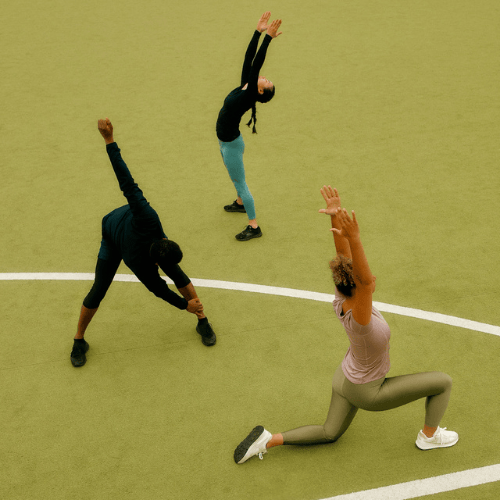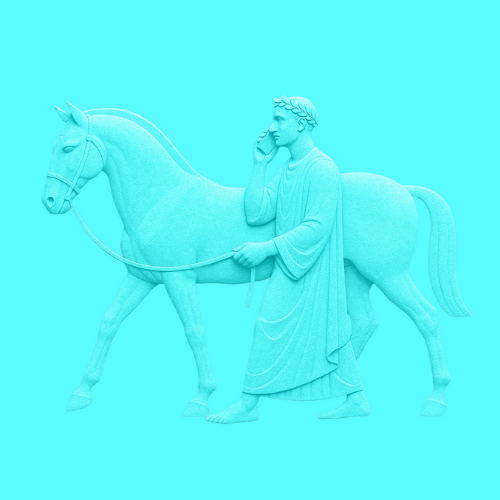A case for ugly design

Culturally, we’re becoming increasingly fatigued by perfection. After years of brands behaving in similarly simple, orderly ways, we’re yearning for expressions that are less hygienic and altogether more human. When designers do away with old-fashioned principles that align “good” with “beautiful,” they have the freedom to make work that’s infinitely more creative. And in doing so, it’s more interesting—and more inclusive.
Design that destabilizes inherited “rules” around ugly and beautiful rewrites what’s seen as acceptable. It progresses visual culture by celebrating playfulness and forging intimacy by underscoring the limitations (and untruths) of perfection. It subtly helps everyone from brands to designers to consumers communicate more honestly.
BEAUTY IS OVER
An itching for “ugly” could be seen as cyclical, in design circles at least. As Stephen Heller wrote in Eye back in 1993, “Designers used to stand for beauty and order. Now beauty is passé and ugliness is smart.”
This idea of ugliness as a form of rule-breaking can be traced further back in time to the design language of punk in the mid- to late 1970s, which echoed similarly establishment-baiting artistic movements like Dadaism in its use of re-appropriated letterforms and images.
Shunning formal typography in favour of a collage-led, rip-it-up-and-start-again nod to ransom notes, punk design—like punk music—was a visceral rebellion against the establishment. Gone were the formal constraints of tasteful design like Modernism or Swiss International Style (Helvetica, Universe, grids etc.).
The fact that the visual language of punk is still seen as a symbol of defiance and a DIY creativity born of frustration with the system—more than 40 years on—is a testament to the power of the “ugly” in shaping culture.
BEAUTIFUL ISN’T PROGRESSIVE
Today, brands that reject beauty standards and embrace a certain amount of garish or “unfiltered” aesthetics are lauded for their authenticity and brashness. More and more, people reject the minimalism that defined the last decade, pursuing a more intimate feel that prizes realism and celebrates flaws instead.
Take the Gen Z-founded brand, Parade, which rewrites the rulebook of what underwear imagery should be. Cofounded in October 2019 by 22-year-olds Cami Téllez and Jack DeFuria, its logo is a fun, memorable, and luscious piece of lettering with somewhat unconventionally-drawn letterforms; its Instagram feed is liberally, joyfully un-corporately peppered with snaps of Paris Hilton and LiLo.
When brands present themselves in ways that are rooted in difference, quirks, imperfections, and vulnerability, they create a sense of intimacy and inclusivity where those taking the “aspirational” route never can. Slick, “tasteful” Kinfolk magazine-like aesthetics are on the wane: We’ve seen it all before, and we know we can’t ever achieve that level of spotless perfection.
THE POWER OF UGLY TYPE
Typography can be seen as a microcosm of the cultural conversation between “ugly” and “beautiful,” “good” and “bad.” We’re now seeing a blossoming of new typefaces that revive historically-rejected aesthetics or reject history altogether.
Norway-based Pyte Foundry, for instance, boasts an entire font catalogue that celebrates awkwardness through letterforms often inspired by 18th and 19th century type, opening up new paths for designers and, in turn, visual culture more widely.
“Ugly” design isn’t aspirational or hierarchical: it places value in the messy, weird, unpredictable milieu of what it is to be a person living in a messy, weird, unpredictable world.
For a designer, “ugliness” hasn’t historically been something to strive for. Beauty has largely been a no-brainer when it comes to what’s desirable, or what constitutes “good” design.
Source: Fast Company

.webp)
.png)

.png)
.png)



